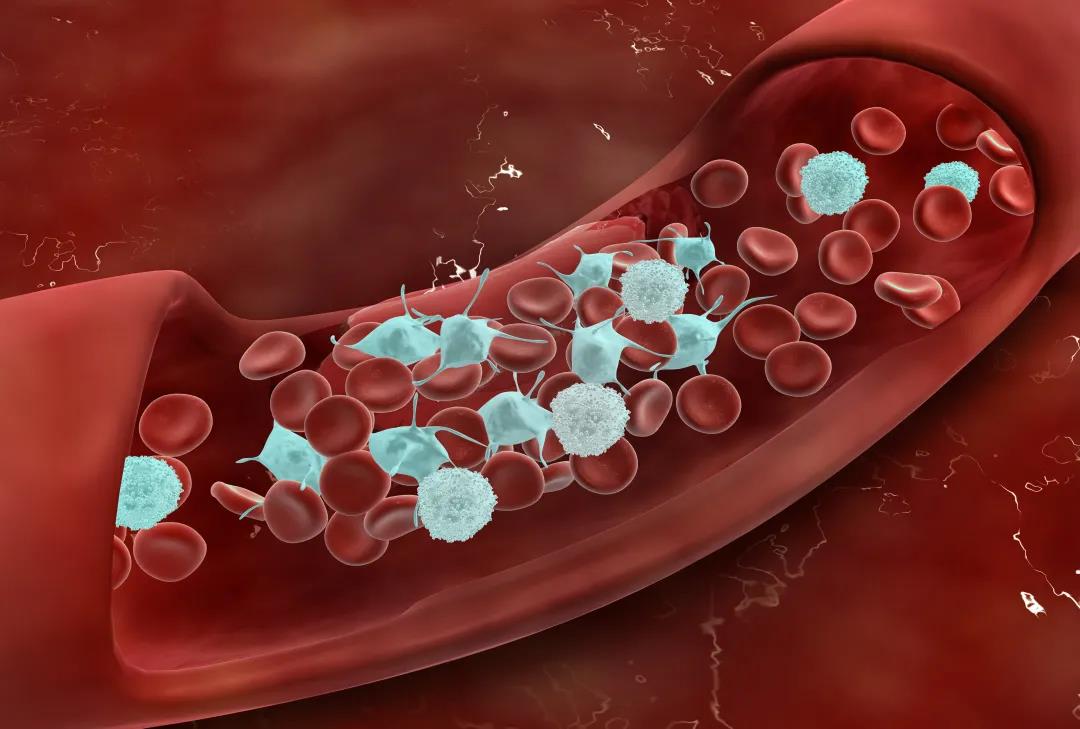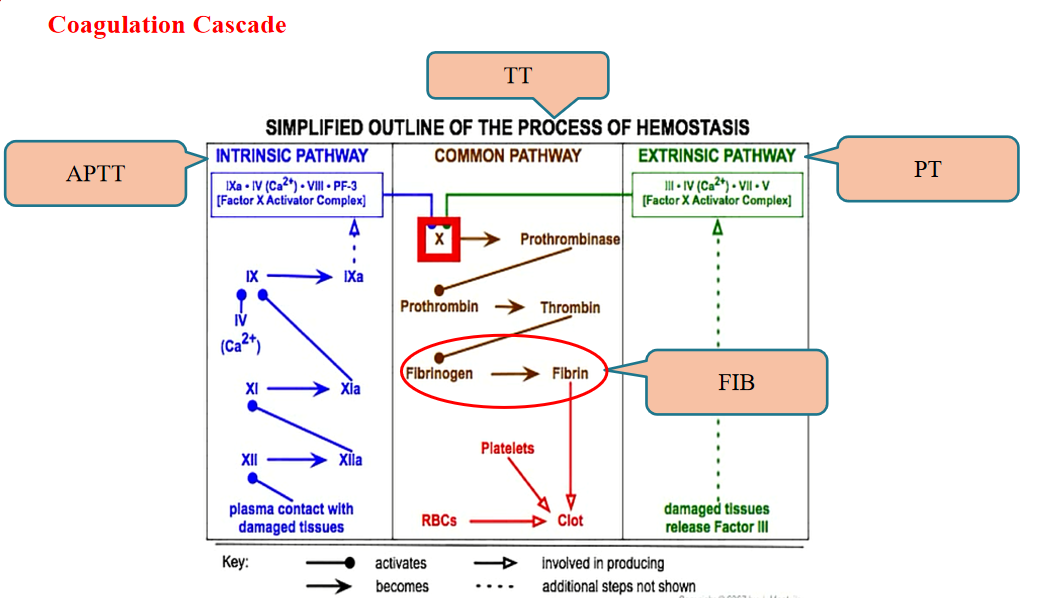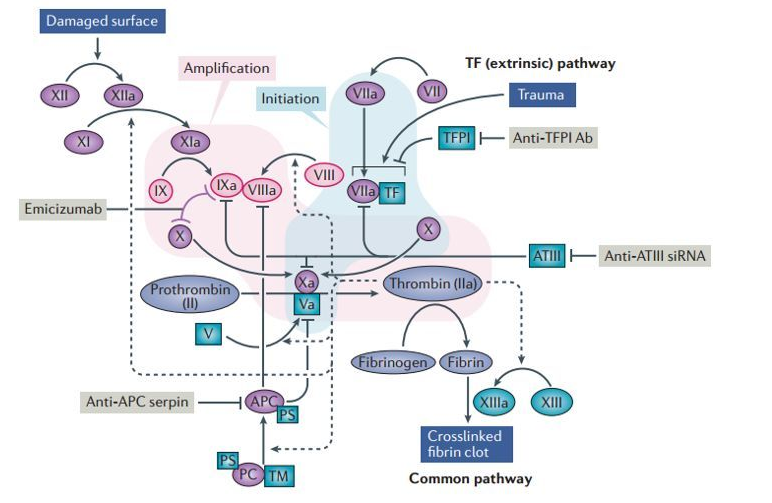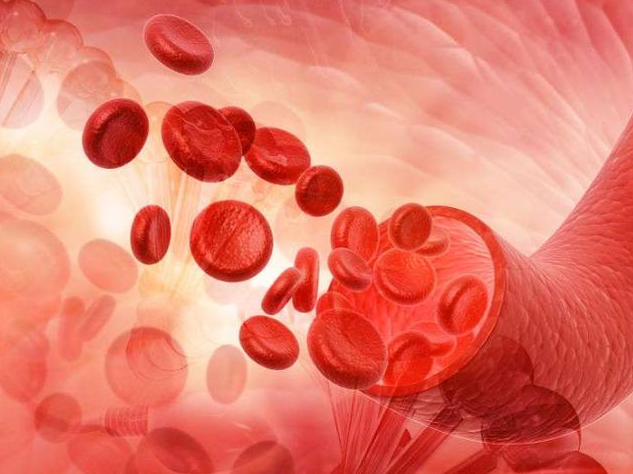Thinking: Under normal physiological conditions
1. Why doesn’t the blood flowing in the blood vessels coagulate?
2. Why can the damaged blood vessel after trauma stop bleeding?
With above questions, we start today’s course!
Under normal physiological conditions, blood flows in the human blood vessels and will not overflow outside the blood vessels to cause bleeding, nor will it coagulate in the blood vessels and cause thrombosis. The main reason is that the human body has complex and perfect hemostasis and anticoagulant functions. When this function is abnormal, the human body will be at risk of bleeding or thrombosis.
1.Hemostasis process
We all know that the process of hemostasis in the human body is first the contraction of blood vessels, and then the adhesion, aggregation and release of various procoagulant substances of platelets to form soft platelet emboli. This process is called one-stage hemostasis.
However, more importantly, it activates the coagulation system, forms a fibrin network, and finally forms a stable thrombus. This process is called secondary hemostasis.
2.Coagulation mechanism
Blood coagulation is a process in which coagulation factors are activated in a certain order to generate thrombin, and finally fibrinogen is transformed into fibrin. The coagulation process can be divided into three basic steps: the formation of prothrombinase complex, the activation of thrombin and the production of fibrin.
Coagulation factors are the collective name of substances directly involved in blood coagulation in plasma and tissues. Currently, there are 12 coagulation factors named according to Roman numerals, namely coagulation factors Ⅰ~XⅢ (VI is no longer regarded as independent coagulation factors), except for Ⅳ It is in ionic form, and the rest are proteins. The production of Ⅱ, Ⅶ, Ⅸ, and Ⅹ requires the participation of VitK.
According to the different methods of initiation and coagulation factors involved, the pathways for generating prothrombinase complexes can be divided into endogenous coagulation pathways and exogenous coagulation pathways.
The endogenous blood coagulation pathway (commonly used APTT test) means that all the factors involved in blood coagulation come from the blood, which is usually initiated by the contact of the blood with the negatively charged foreign body surface (such as glass, kaolin, collagen, etc.); The coagulation process initiated by exposure to tissue factor is called the exogenous coagulation pathway (commonly used PT test).
When the body is in a pathological state, bacterial endotoxin, complement C5a, immune complexes, tumor necrosis factor, etc. can stimulate vascular endothelial cells and monocytes to express tissue factor, thereby initiating the coagulation process, causing diffuse intravascular coagulation (DIC ).
3.Anticoagulation mechanism
a. Antithrombin system (AT, HC-Ⅱ)
b. Protein C system (PC, PS, TM)
c. Tissue factor pathway inhibitor (TFPI)
Function: Reduce the formation of fibrin and reduce the activation level of various coagulation factors.
4.Fibrinolytic mechanism
When blood coagulates, PLG is activated into PL under the action of t-PA or u-PA, which promotes fibrin dissolution and forms fibrin (proto) degradation products (FDP), and cross-linked fibrin is degraded as a specific product. Called D-Dimer.The activation of fibrinolytic system is mainly divided into internal activation pathway, external activation pathway and external activation pathway.
Inner activation pathway: It is the pathway of PL formed by the cleavage of PLG by the endogenous coagulation pathway, which is the theoretical basis of secondary fibrinolysis.External activation pathway: It is the pathway by which t-PA released from vascular endothelial cells cleaves PLG to form PL, which is the theoretical basis of primary fibrinolysis.Exogenous activation pathway: thrombolytic drugs such as SK, UK and t-PA that enter the human body from the outside world can activate PLG into PL, which is the theoretical basis of thrombolytic therapy.
In fact, the mechanisms involved in the coagulation, anticoagulation, and fibrinolysis systems are complex, and there are many related laboratory tests, but what we need to pay more attention to is the dynamic balance between the systems, which cannot be too strong or too weak.







 Business card
Business card Chinese WeChat
Chinese WeChat English WeChat
English WeChat